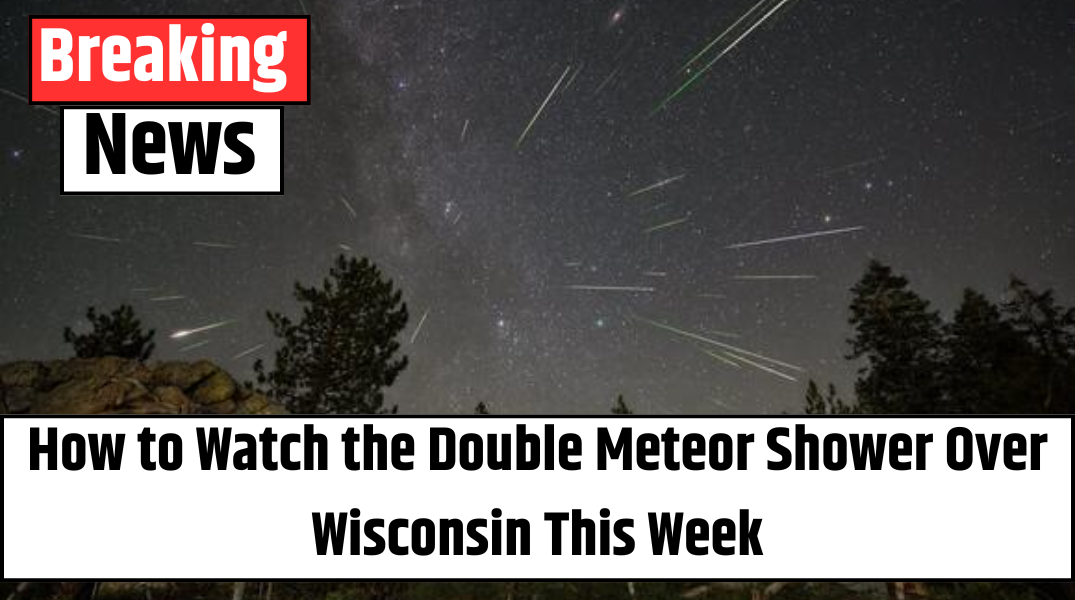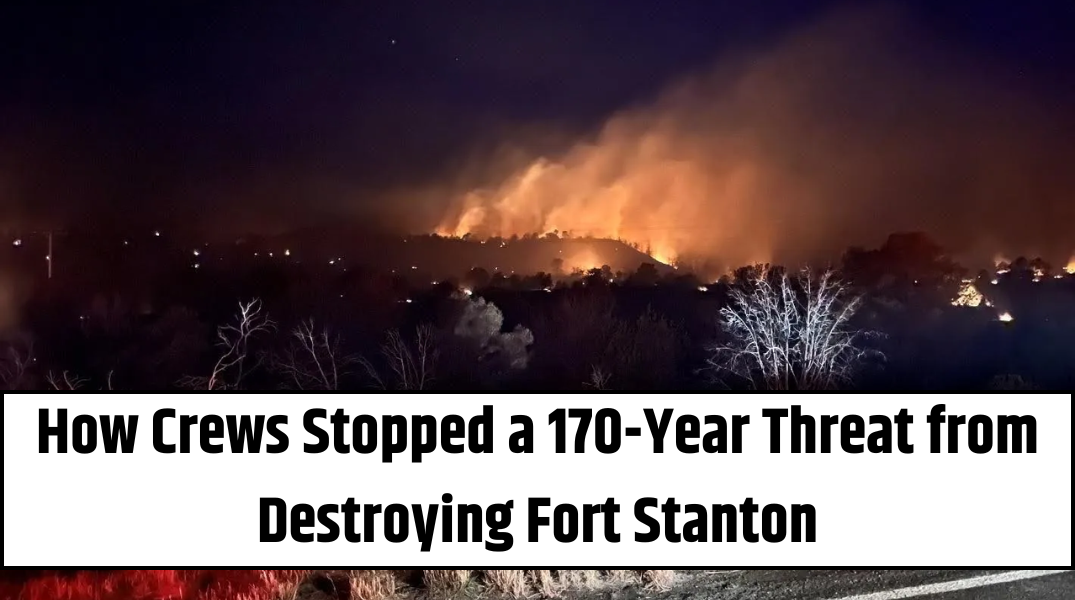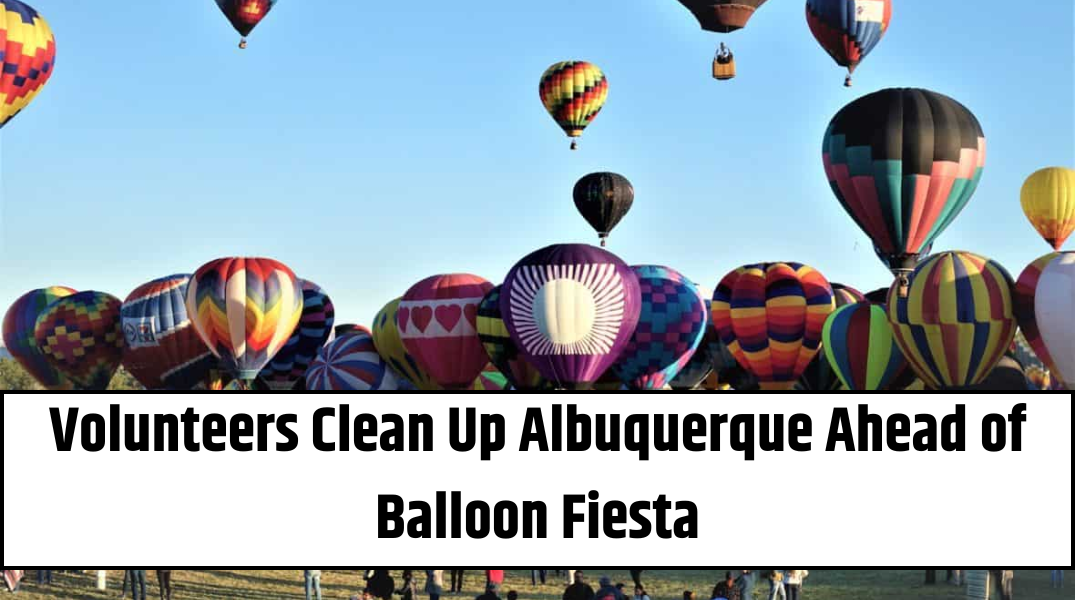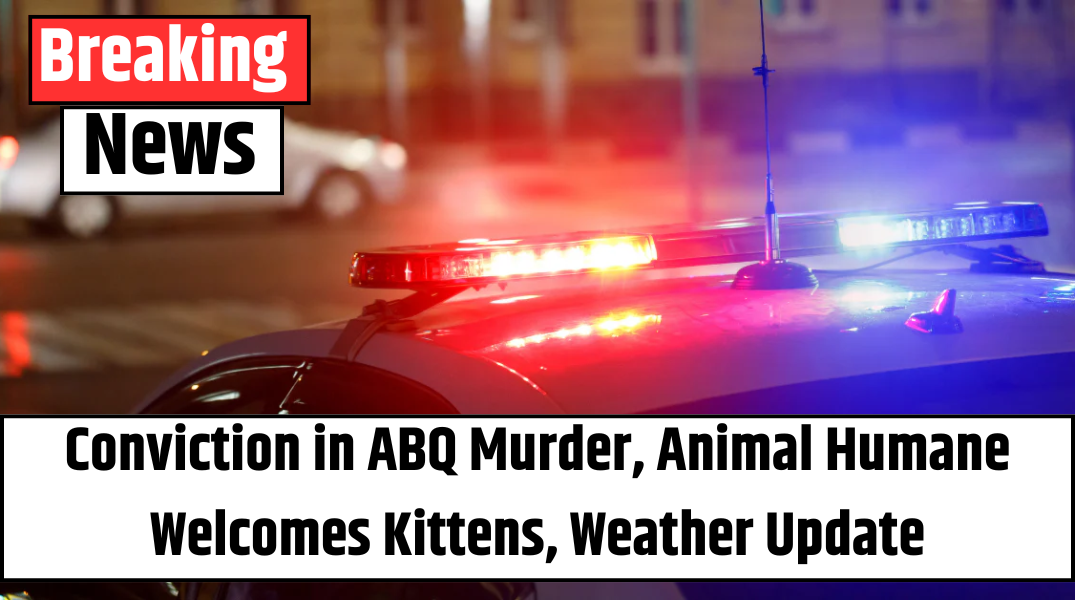WISCONSIN — Night sky watchers across Wisconsin are in for a spectacular summer show as two meteor showers will peak simultaneously overnight from Monday, July 29, into Tuesday morning, July 30. With the moon offering little light interference, the stage is set for some of the best meteor viewing conditions of the season.
Two Meteor Showers, One Night
If skies remain clear, viewers in dark-sky areas may spot up to 25 meteors per hour during the overnight hours, especially from midnight through dawn. Even those in urban centers like Milwaukee, Madison, and Green Bay could catch a handful of bright meteors by heading to local parks or lakeshores.
The Southern Delta Aquariids Take Center Stage
This annual shower, active from mid-July through early August, will hit its peak on the night of July 29–30. According to the American Meteor Society, the Southern Delta Aquariids typically produce up to 20 meteors per hour, many of which leave glowing trails across the sky. The shower is known for its consistency over several nights, so those who miss the peak still have viewing opportunities through the end of the month.
The Alpha Capricornids Add Fireballs to the Mix
Joining the show is the Alpha Capricornid meteor shower. While this event has a lower rate — about 5 meteors per hour — it makes up for it with dramatic, slow-moving fireballs that can shine as brightly as Jupiter. These vivid bursts of light add unexpected excitement to the viewing experience.
Why This Year Is Ideal
One of the biggest advantages for skywatchers this year is the timing of the moon. A waning crescent moon will rise just before sunrise, leaving the skies dark and perfect for meteor viewing through most of the night.
Top Viewing Spots in Wisconsin
For the best views, head to rural locations with low light pollution. Some ideal spots include:
-
Newport State Park – Wisconsin’s only certified Dark Sky Park
-
Kettle Moraine State Forest – A favorite for stargazers
-
Governor Dodge State Park – Known for wide open skies
-
Chequamegon-Nicolet National Forest – Vast, remote areas for ideal viewing
Also Read – Carter Presses On with U.S. Senate Campaign Despite Growing Challenges
When and Where to Look
-
Best Time: Midnight to 4:30 a.m., Tuesday, July 30
-
Best Direction: Look toward the southern and eastern skies, about halfway up from the horizon
-
Best Conditions: Clear skies, away from city lights, and minimal moonlight interference
Stargazing Essentials
To make the most of your night under the stars, bring:
-
A reclining chair or blanket
-
Insect repellent
-
A jacket or light blanket for cooler temperatures
-
Patience — your eyes need 20–30 minutes to fully adjust to the dark
A Treat for Nighttime Photographers
Photographers looking to capture the moment may want to set up wide-angle lenses and use long exposures to catch both bright fireballs and faint meteor trails. Iconic Wisconsin backdrops like barns, silos, or lakes can make for stunning foregrounds.
Don’t Miss It
Whether you’re a skywatching veteran or simply enjoy the occasional celestial show, this double meteor event is not one to miss. And if clouds get in your way or life gets busy, don’t worry — the Southern Delta Aquariids will continue to produce good activity into early August.
Keep your eyes to the sky — Wisconsin’s night show is just beginning.





